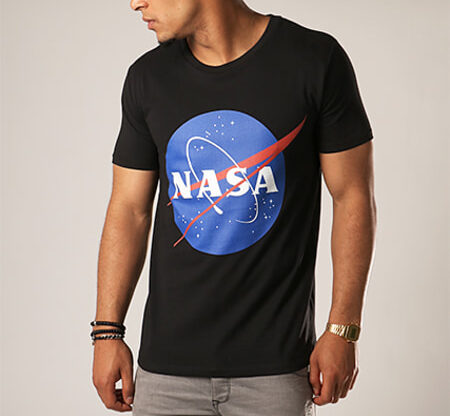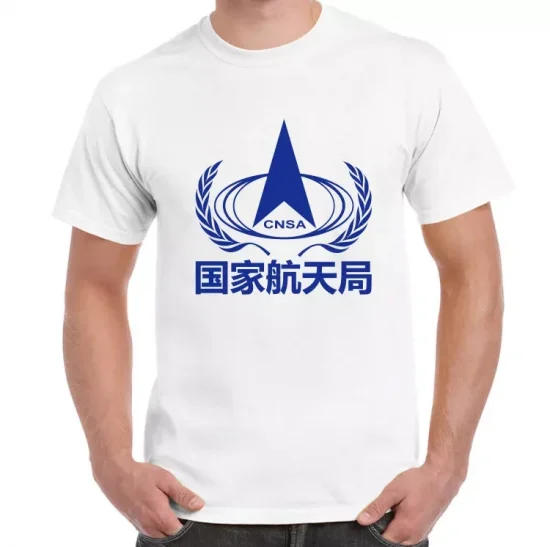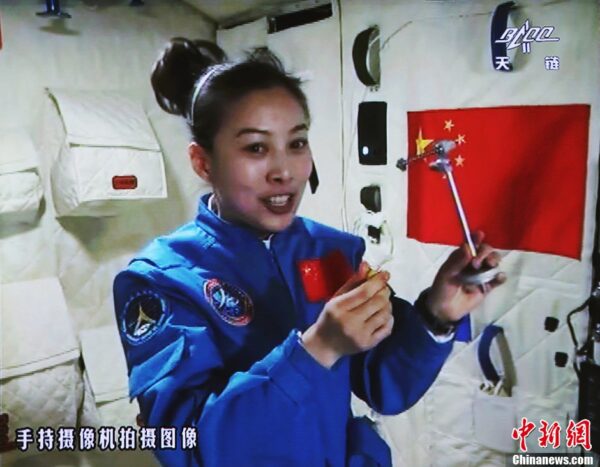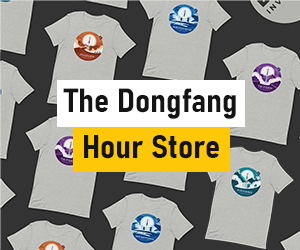The word “culture”, or in Chinese, 文化 wénhuà, has a very deep and complex meaning in the Chinese context. In a country with several thousand years of history, and with countless cultural rituals, anecdotes, and ceremonies, China is truly a place steeped in its own history.
China’s space program is no different. While not nearly as old as the country itself, the space program is full of historical anecdotes, Party and country-related folklore, and characters that are described as national heroes. Understanding this space culture requires insights into how China sees itself in the world, how Chinese people see their relationship with their history and country, and also how the Chinese government sees its relationship with the people they govern.
At the Dongfang Hour, we were lucky to be able to discuss such a multifaceted and complex topic with Molly Silk.
Molly is a doctoral researcher in Science, Technology, and Innovation Policy at the Manchester Institution of Innovation Research, with her research focusing on China’s space policy and diplomatic efforts undertaken by the Chinese space program. Her work also covers cultural, communicative, and cooperative activities of the space program. During our conversation, we discussed the history of China’s space culture, modern-day evolution thereof, and what we might expect to see in the future as China’s space program continues to grow. For a full look at the two-part interview, check out the Youtube video below.
Chinese Space Culture History
One of the more interesting things we discussed with Molly is the history of Chinese space culture. The discussion drew in part on insights from Molly’s excellent article from earlier this year, published in the Diplomat. One fascinating element of China’s space history is the idea of “Two Bombs, One Satellite” (两弹一星), which refers to China’s earlier success in projects to develop two bombs, namely an atomic bomb and an intercontinental ballistic missile, and one satellite, namely the Dongfanghong-1 satellite, launched in 1970. The phrase in a more modern parlance refers to the struggle that China went through in the early days of its space program, and serves as a sort of inspirational rallying cry for the country today.
Also discussed were some of the names of Chinese space programs, and their connection to history. Whether that is the Chang’e Moon missions being named after the mythical Moon goddess, or the Yutu rover being named after a mythical jade rabbit, China’s modern space program is steeped in history.
Commercialization of Space Culture
Probably most space fans have noticed an uptick in NASA t-shirts and hoodies in recent years. This begs the question— should we expect to see CNSA t-shirts and hoodies someday?

(credit: La Boutique Officielle)

(credit: Day Design Store)
Commercialization of Chinese space culture has been a slow and steady endeavor, accelerated in recent years by new space companies. The CNSA and other state-affiliated entities have released limited amounts of swag in recent years, but overall, their structure, relatively conservative nature, and limited flair for marketing, has meant that Chinese space is, all else equal, less commercialized than western space, at least on a “B2C” level. There are certain exceptions to this—for example, Wenchang Space Launch Center has become an unexpected tourist hotspot—but in general, the traditional Chinese space companies have not put much focus on bringing space to the masses in a commercial way.
New space companies have changed this, as they are faster-moving, and need to be more creative with how they make money. Whether it’s Spacety making a deal with Pizza Hut in Changsha for a space capsule to be installed outside the restaurant, or selfie satellites being launched into orbit and broadcast to millions of fans, commercial space companies have helped to bring space to a wider audience in the Chinese context.

Youth in the Chinese Space Context
There was a famous survey from a couple of years ago that asked children what they wanted to be when they grow up, and gave them ~5 options to choose from. The top choice among children in the United States: YouTube star. The top choice of children in China: Astronaut.
The enthusiasm for STEM among China’s youth is palpable, and perhaps no other area of STEM attracts as much enthusiasm as space. An early noteworthy example was a physics lecture delivered from the Chinese Space Station by Taikonaut Wang Yaping in 2013. More recently, the Shenzhou-12 crew held various talks with students in Mainland China and Hong Kong in an effort to encourage the students to think more about space.
As the Chinese space program becomes more advanced, and as human spaceflight becomes more common, we expect even more emphasis on getting young people involved and interested in the sector.

Conclusions
China’s space program is only going to get bigger, and as a result, its cultural impact is also very likely to increase. It’s not entirely clear what this will entail for China and the rest of the world, but we are already starting to see some evidence. While not as popular as NASA swag, we are beginning to see CNSA swag appear here and there over in Hong Kong (and probably elsewhere). Chinese space launches are being broadcast live and in English. And last but not least, films are starting to show China playing a major role in space, including most recently, The Wandering Earth, which, coincidentally, is the topic of the 2nd part of our interview with Molly, conducted by our colleague Aurélie Gillet.
For more information on general space culture, be sure to check out the Pt 1 episode, and for a deep-dive into the Wandering Earth, check out Pt 2, coming soon!



